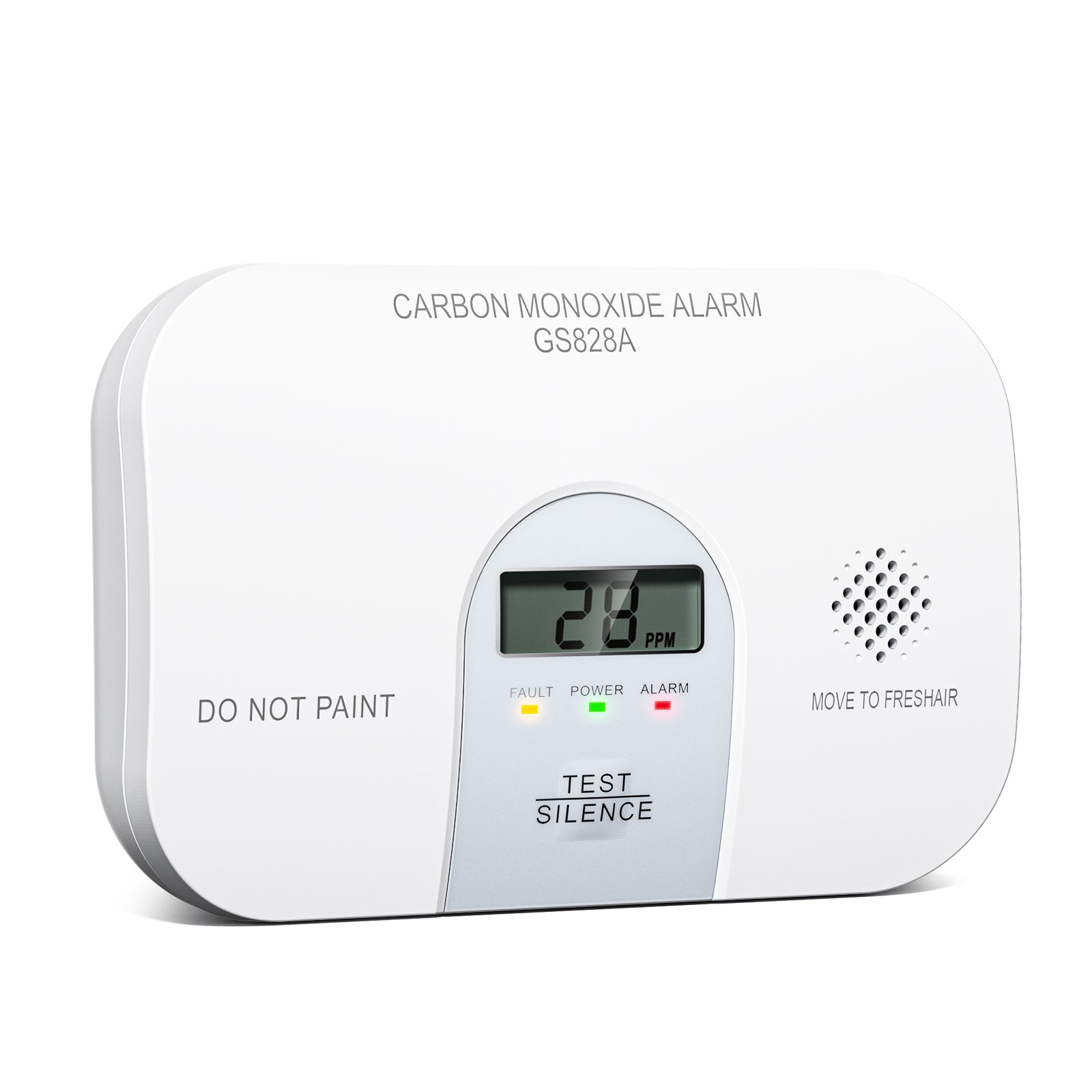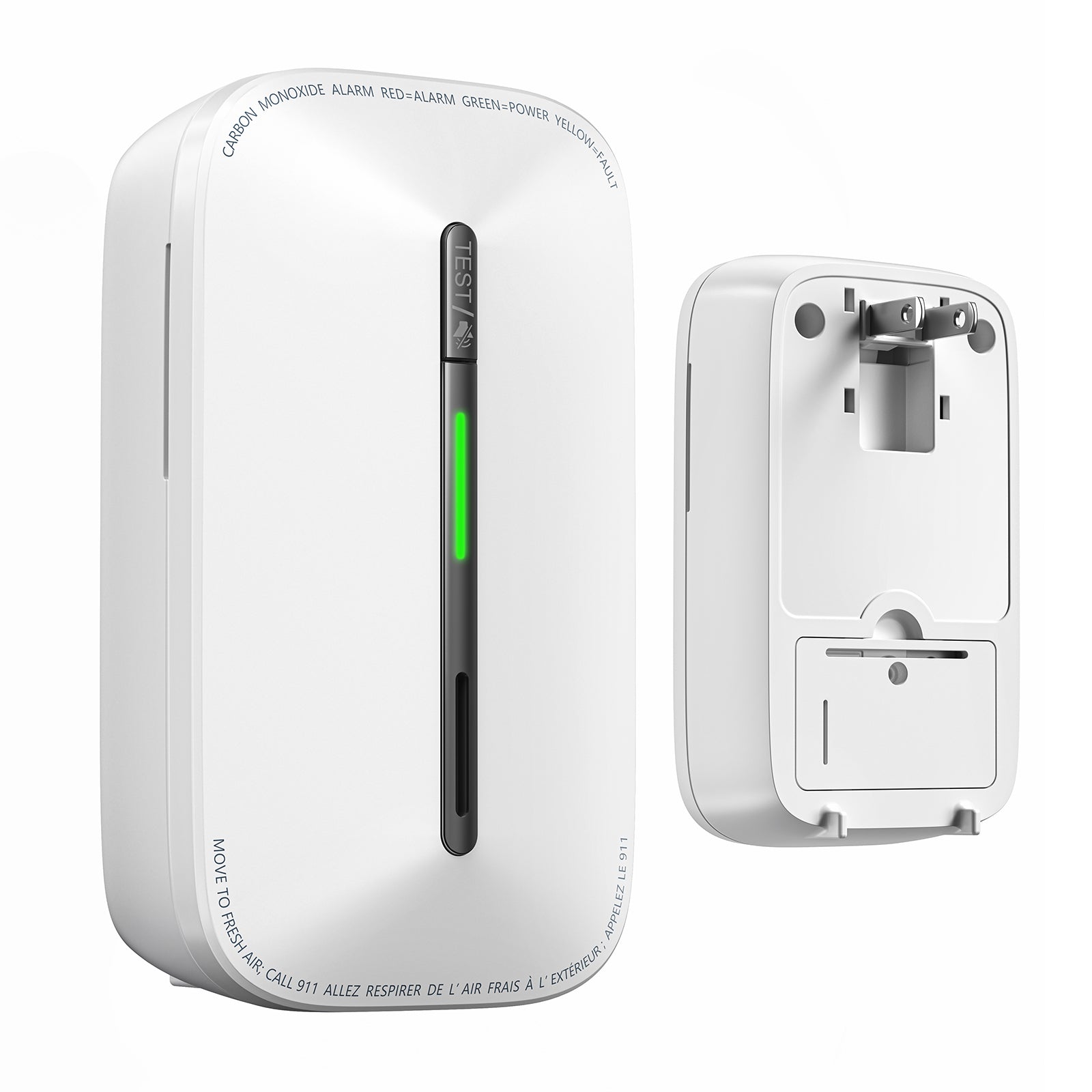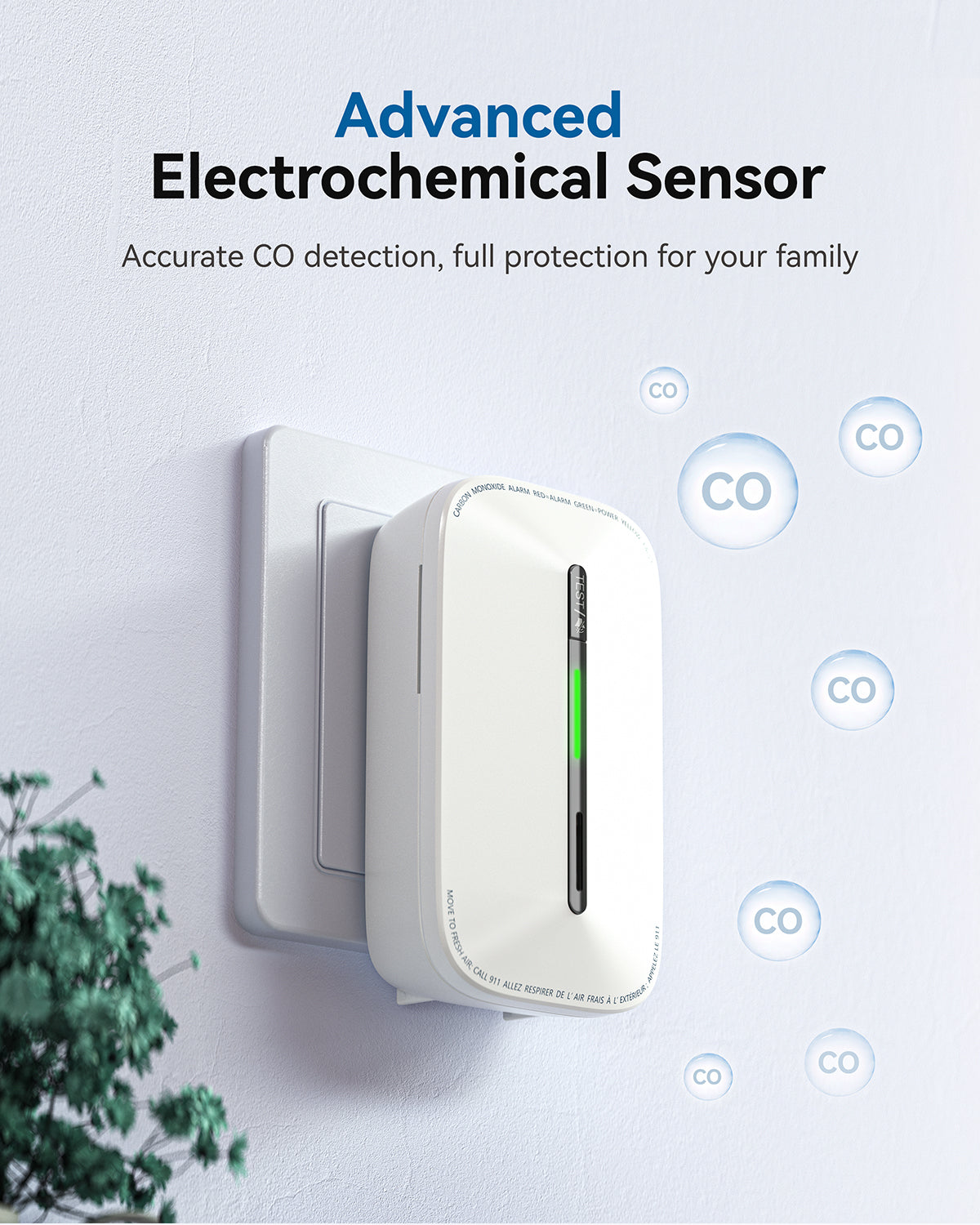
Meow-lo, fellow cat lovers! As International Cat Day approaches, our hearts swell with love and gratitude for our feline companions. These graceful and affectionate creatures bring joy and companionship to our lives, and it's our responsibility as pet owners to ensure their safety and well-being. While we often think of typical cat hazards, such as toxic plants or small objects, one hidden danger that many cat owners may overlook is carbon monoxide (CO) poisoning. Join us as we explore the risks of carbon monoxide poisoning in cats, its symptoms, and essential steps to protect our whiskered friends.
The Silent Threat of Carbon Monoxide:
Carbon monoxide is an odorless, colorless gas produced by incomplete combustion of fuels like gas, oil, and wood. It can accumulate in our homes due to faulty heating systems, gas stoves, fireplaces, and even running a car in an attached garage. It's often referred to as the "silent killer" because it is virtually undetectable without proper monitoring equipment. Unfortunately, cats are highly susceptible to carbon monoxide poisoning. Their smaller size and faster metabolism make them more vulnerable, and they can experience adverse effects even at lower exposure levels.
Symptoms and Effects on Cats:
Cats may be more sensitive to carbon monoxide than humans, making them susceptible to adverse effects even at lower levels of exposure. The symptoms of carbon monoxide poisoning in cats can be subtle and easily overlooked or easily mistaken for other illnesses. Some common signs include:
- Lethargy and weakness
- Vomiting or diarrhea
- Difficulty breathing
- Seizures or collapse
- Cherry-red gums or mucous membranes (in severe cases)
Exposure to carbon monoxide can lead to severe health consequences and, in worst-case scenarios, may be fatal for our beloved feline friends. Therefore, it's vital to take preventive measures to protect them from this hidden danger.
Preventing Carbon Monoxide Poisoning in Cats:
Click>> Protected with CO alarm GS828A-C from Siterwell
1. Install Carbon Monoxide Alarms:
A reliable carbon monoxide alarm is a life-saving device that should be an essential part of every pet owner's home. These alarms are designed to detect even trace amounts of carbon monoxide in the air, alerting you to potential danger before it becomes life-threatening. Place the alarms strategically throughout your home, especially in areas with fuel-burning appliances or near garages.
2. Regular Appliance Maintenance:
Ensure all fuel-burning appliances in your home, such as heaters, stoves, and fireplaces, undergo regular maintenance by qualified professionals. Malfunctioning or poorly maintained appliances can increase the risk of carbon monoxide leaks.
3. Proper Ventilation:
Always ensure proper ventilation in your home, especially in areas where fuel-burning appliances are present. Proper airflow helps disperse any potential carbon monoxide build-up.
4. Educate Family and Friends:
Raise awareness about the dangers of carbon monoxide poisoning to fellow cat owners and friends. Encourage them to take the necessary precautions to protect their pets as well.

Let's remember that our beloved feline friends depend on us for their safety. By taking a few simple precautions and incorporating safety measures into our homes, we can ensure a secure and happy environment for our whiskered companions. At Siterwell, we cherish the joy our furry friends bring to our lives. That's why we're here to offer you a range of life-saving devices - smoke alarms, carbon monoxide alarms, and air quality monitors - to keep your home safe and comfortable for both you and your beloved cats. Let's be vigilant in protecting our whiskered companions and ensure they enjoy a long, healthy, and happy life by our side.







